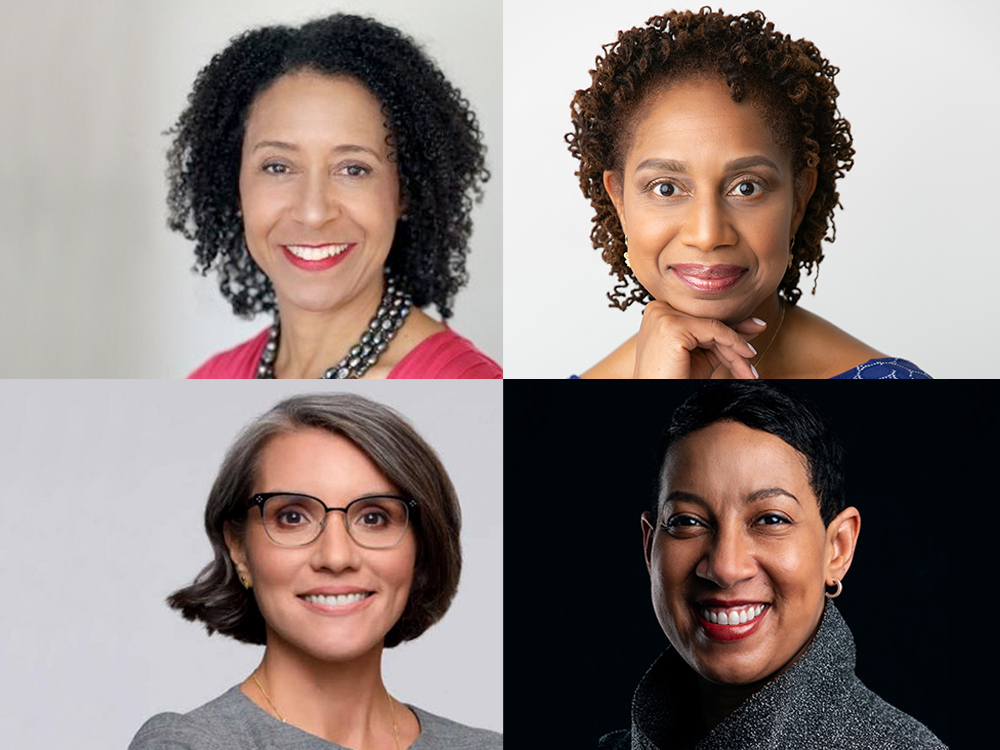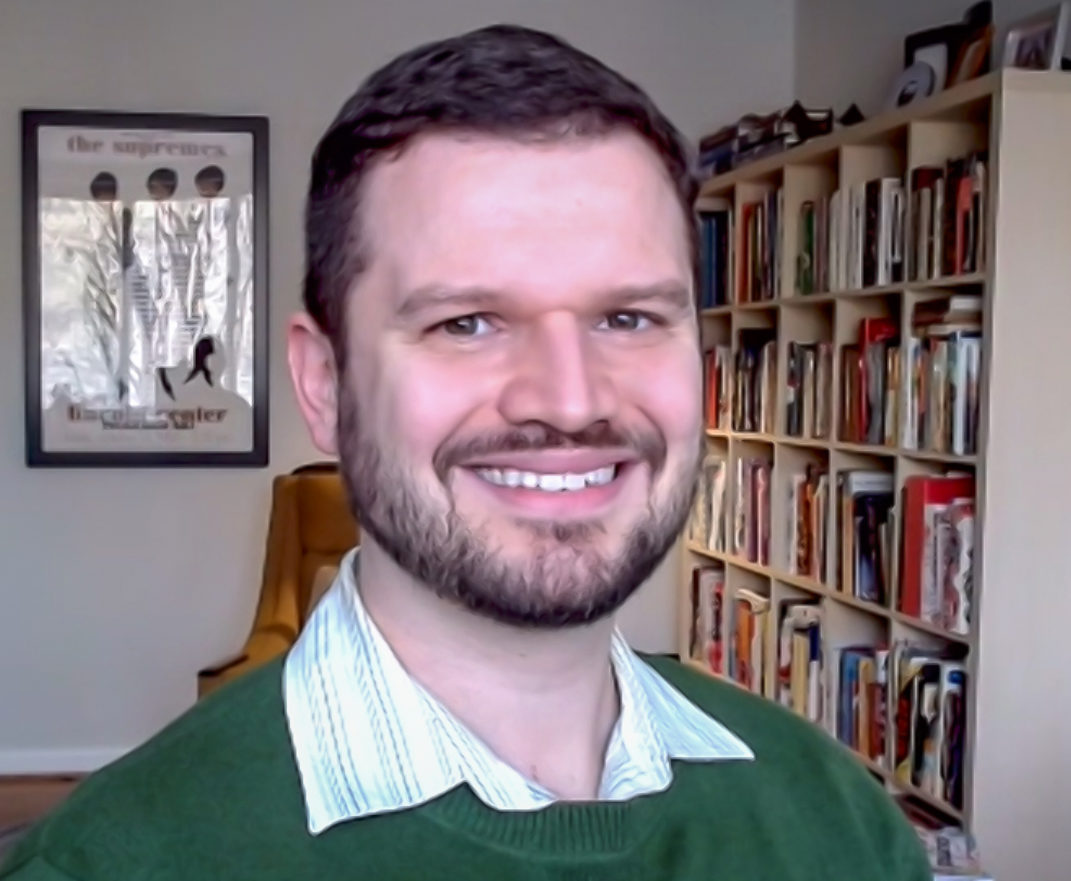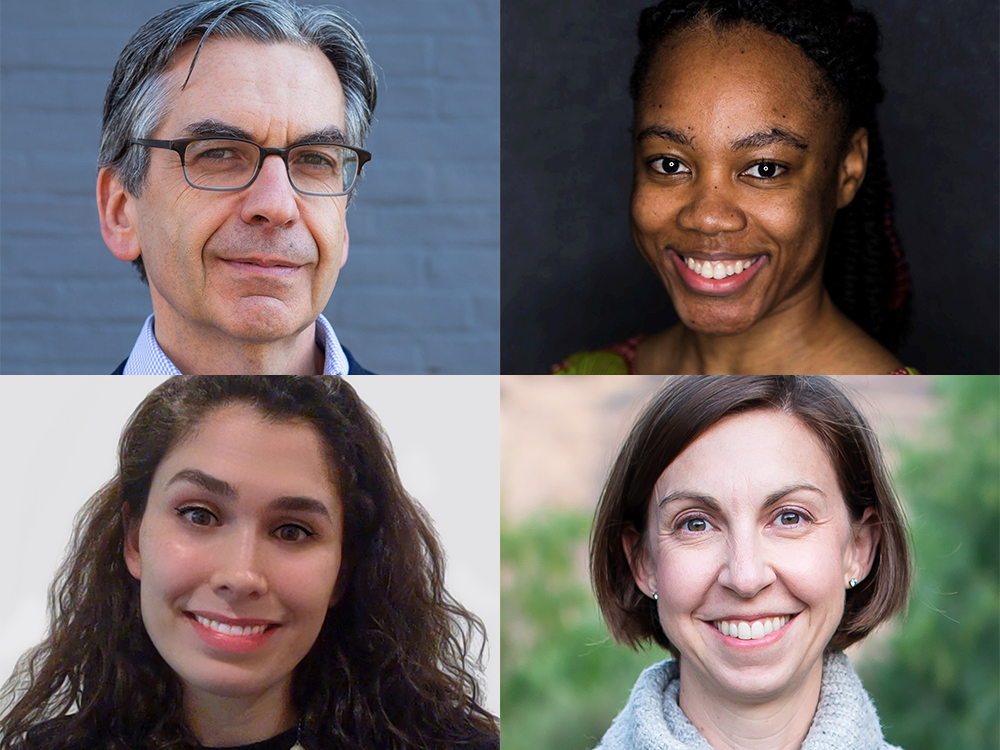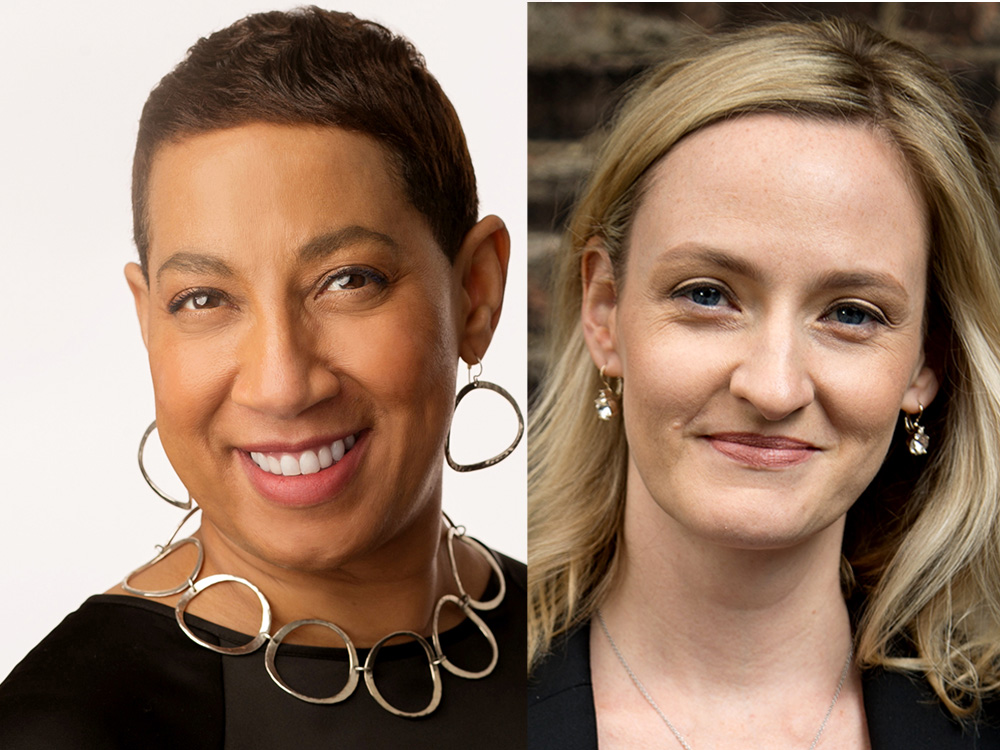
As some aspects of our society begin to settle back into their pre-2020 rhythms, the question looms large as to whether philanthropy will do the same. To examine how the sector had to change in response to crisis—and how it must continue to evolve with urgency—PEAK President and CEO Satonya Fair led a discussion with three women CEOs in the closing keynote of PEAK2021 Online.
In The Changing Face of Philanthropy, Libra Foundation Executive Director Crystal Hayling, Marguerite Casey Foundation President and CEO Carmen Rojas, and Winthrop Rockefeller Foundation President and CEO Sherece West-Scantlebury shared the ways in which they see opportunities to reimagine the internal and external culture of philanthropy and what they are doing to realize those changes. What follows are three key themes that emerged from their conversation, which you can enjoy in full online.
Strategy needs to be rooted in transparency
Satonya began by asking the panelists what they each sought to change as they stepped into their leadership roles. The conversation immediately moved to the element of transparency that needs to be fostered by the senior-most levels of foundation leadership to disrupt traditional attitudes toward giving, evolve the organizations they lead, and have a transformational effect on society at large.
“I keep hearing the language and movement around trust-based philanthropy and don’t see enough institutional philanthropists do the work to be transparent around how people are hired, who gets funded and how much funding they get—to be transparent in all of their practices,” Carmen said. “And I think the COVID-19 pandemic is an amazing example of how responsive philanthropy could be and the norms can be disruptive. If you are aligned from board to leadership to staff, then you can move pretty quickly to make change happen.”
“As a CEO, you’re responsible for working with your board and your team on creating the direction that you want your organization to go and then using all your resources to move you in that direction,” Sherece added. “We started on a social justice path and now we have moved into creating equity by asking ourselves: ‘How do we intentionally go about addressing disparities in our state through systems change and structural change?’ That’s very different from focusing just on justice because when you’re trying to dismantle or disrupt how systems work, it requires a certain way of thinking, a certain set of skills and ways in which you deploy your time and resources.”
Movement building starts on the inside
Satonya recalled an earlier PEAK2021 keynote by JusticeFunders, who observed that best practices are really just habits. “Change starts with you,” she said. “And it starts with your organizations. It starts inside before you can do it outside.”
Here, Crystal remarked that leaders need to focus on that internal work looking through the lens of diversity, equity, and inclusion. It fosters a level of trust within the organization that in turn projects out to the communities the organization seeks to serve. But successfully doing this work demands upending the status quo. “Let’s be really honest and clear here. There are not very many people running family foundations who look like me because the people who have wealth hire people they’re comfortable with, who are already existing in their circle,” she said. “I spent a lot of time building trust and relationships with my staff and also with the family. We can’t as a staff practice trust-based philanthropy if our board doesn’t trust us.”
But beyond the relationship between the board and the CEO, Carmen said that a CEO has a responsibility to build trust with employees. For her, this has meant introducing the sensibilities of public-sector businesses. “For some reason, we have adopted this logic that nonprofits and philanthropy are ‘soft,’ that we are not professional,” she said. “But I run an almost billion-dollar business.” For her, this perception undermines the potency that careers in the philanthropic sector can have to transform the world.
“These are serious jobs where we endeavor to imagine freedom,” she said. “You need to look at your grant recipients, your team, your board and say, we have an opportunity to plant the seeds of what the future looks like. What does public repair look like? How do we build the internal organization so that it projects out to the world what we want the world to look like and where we’re in that.”
But sometimes, the way a funder shows up in the community seems at odds with the idea of a partnership given how grantees are asked to navigate traditional funding processes and reporting requirements that indicate a lack of trust on the part of the funder. Here, Sherece sees an opportunity to build trust by redefining how her organization shows up in the community. This involves using the leverage the Winthrop Rockefeller Foundation has to bring greater visibility to grantees and the issues they seek to address. “We come out on issues in op-eds. We provide written testimonies to the state legislature. We do joint fundraising with grantees. My team is serious about this and we walk alongside these groups. Even though you are the power partner, there is a way to be a part of the group, and then, when you need to, use your power or your social, moral, or financial capital.”
Don’t leave the current moment behind
The philanthropic sector is at an inflection point where it can choose to embrace the spirit of change it had to adopt to respond to the health and humanitarian crises of the past 18 months or return to doing business as it did before 2020. For these leaders, the latter is not a viable option.
“We have a once-in-a-generation opportunity to step into a societal moment where it’s visible to absolutely everybody,” Carmen said. “We can talk about white supremacy and anti-Blackness and people aren’t afraid, and yet there’s a gap in philanthropy between the bold statements that were made and where the money went.”
“Pushing is what we have to do right now,” Satonya added. “It’s as if everybody was waiting for a disaster to do things differently and that folks don’t want to own that this moment necessitates this field being different going forward.”
“We as philanthropists can’t walk out of this pandemic still doing the same old crap we were doing before,” Sherece said. “This is not the moment to maintain the status quo. If you are still studying, debating and having conversations around inequity and not actually actively pursuing and making the change you want to see happen in this moment, then I will always question who you are and what you’re about as an organization.”
“The aperture with which you see the world is narrowed by your privilege,” Crystal said. “You have to find guides who are not from that same world in order to help open your vision and help you to understand because the more you open your vision, the more the solutions that you support are actually going to be grounded in the reality of this world.”
“Change starts with you and it starts with your organization,” Satonya said in closing. “Just do it. Stop talking, start spending, and create a different kind of philanthropy for the love of mankind.”
Pictured clockwise from top left: Crystal Hayling, Sherece West-Scantlebury, Satonya Fair, and Carmen Rojas
View The Changing Face of Philanthropy on-demand here.



